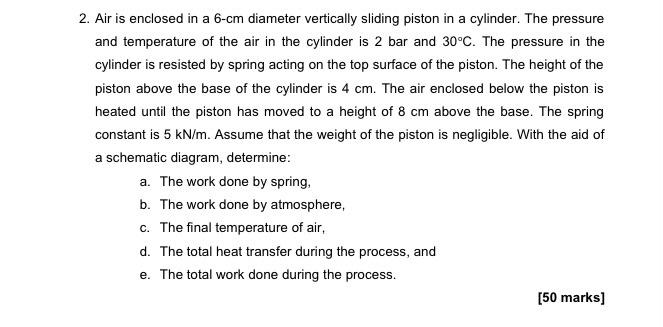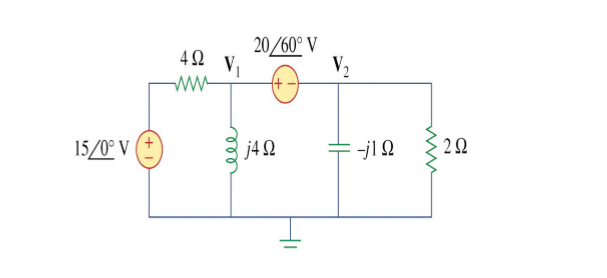Refer to figure 4 and the results obtained in Table 1 and answer the following questions:
1. Are R4 and R6 in parallel or in series? Why? Refer to voltage current measurements for your answer to justify.
2. Are R3 and R4 in parallel or in series? Why? Justify.
3. Are Vs and R3 in parallel or in series? Why? Justify.
4. Are Vs and R6 in series or in parallel? Why? Justify.
5. Are Vs and Req in parallel or in series? Why? Justify.
6. Is VDR applicable for R3 and R4? Why? Justify your answer on the basis of theory given in the introduction.
7. Is CDR applicable for R4 and R6? Why? Justify your answer on the basis of theory given in the introduction.
8. Is the parallel combination of R4 and R6 in series or in parallel with R2? Why? Justify.
Refer to figure 4 and the results obtained in Table 2 and answer the following questions:
9. Are R4 and R6 in parallel or in series? Why? Refer to voltage current measurements for your answer to justify.
10. Are R3 and R4 in parallel or in series? Why? Justify.
11. Are Vs and R3 in parallel or in series? Why? Justify.
12. Are Vs and R6 in series or in parallel? Why? Justify.
13. Are Vs and Req in parallel or in series? Why? Justify.
14. Is VDR applicable for R3 and R4? Why? Justify your answer on the basis of theory given in the introduction.
15. Is CDR applicable for R4 and R6? Why? Justify your answer on the basis of theory given in the introduction.
16. Is the parallel combination of R4 and R6 in series or in parallel with R2? Why? Justify.
Any other observations or comments:
12 - 13 V₂ R2 R2 R + 24 V + VA 1A Ro V6 Rea Figure 4: Series-parallel circuit II Figure 4 Resistance R2 = 62.5 ohms R3 = 75 ohms R4= 265 ohms R6 = 150 ohms III





